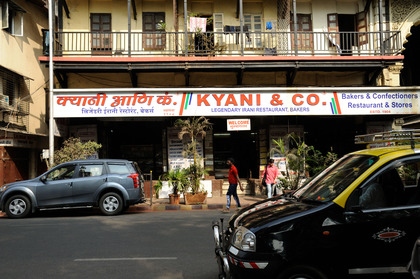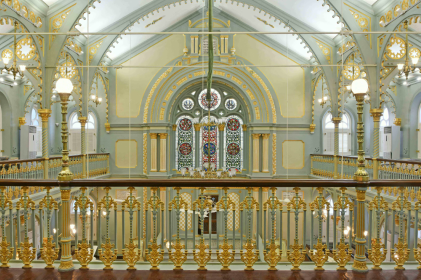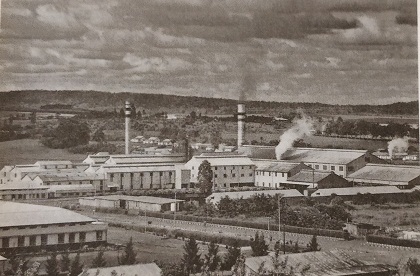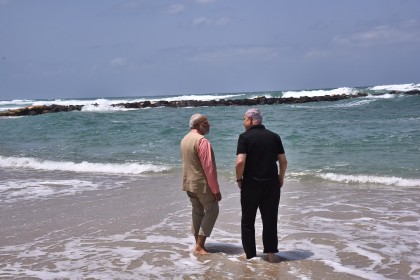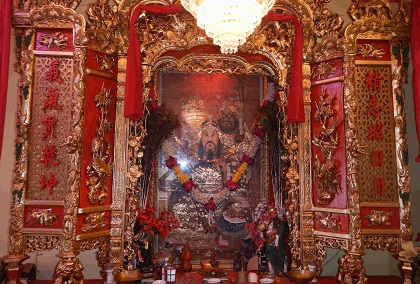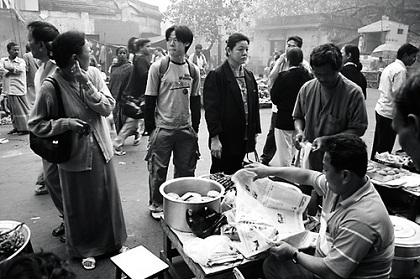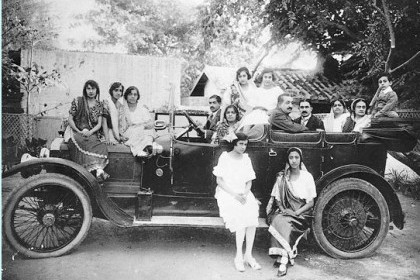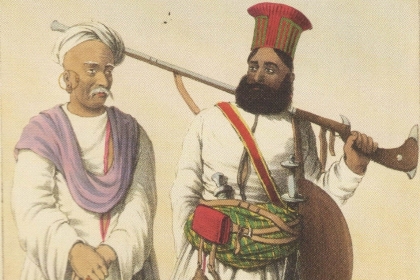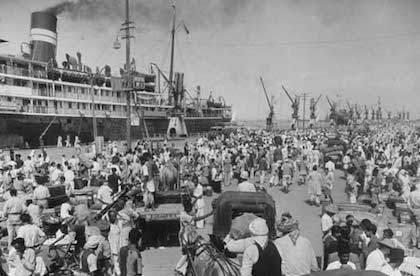Bombay’s Irani cafes
The Irani cafés of Mumbai are a unique part of the city’s history. Founded about 120 years ago by Zoroastrian and Shia immigrants from Iran, they catered principally to workers in mills and factories. The few that remain are a reminder of a well- assimilated cultural, particularly culinary, link between India and Iran

